About the Research
Research Theme
Development of Virtual ligand Optimization Methods for Rational Catalyst Design
Keyword
Virtual Ligand, Computational Chemistry, Machine Learning, Homogeneous Catalysis
Research Outline
My research focuses on developing computational methods for virtual ligand optimization, creating virtual parameters that accurately mimic the electronic and steric properties of real ligands to enable rational catalyst design for a variety of homogeneous catalytic reactions. Additionally, I aim to accelerate the screening of a vast ligand space by integrating machine learning techniques, further enhancing the efficiency and predictive power of virtual ligand optimization.
Representative Research Achievements
- Harnessing the Potential of Machine Learning to Optimize the Activity of Cu-Based Dual Atom Catalysts for CO2 Reduction Reaction, A. Das, D. Roy, S. Manna, B. Pathak, ACS Mater. Lett., 2024, 6, 5316-5324.
DOI: 10.1021/acsmaterialslett.4c01208 - Structural Changes in Atomically Precise Ag29 Nanoclusters upon Sequential Attachment and Detachment of Secondary Ligands, J. Roy, A. Das, A. Jana, P. Chakraborty, M. Neumaier, B. Pathak, M. M. Kappes, T. Pradeep, ACS Nano, 2025, 19, 5727-5738.
DOI: 10.1021/acsnano.4c16413 - Conformal Active Learning Aided Screening of Ligand Protected Cu-Nanoclusters for CO2 Reduction Reactions, D. Roy, A. Das, B. Pathak, J. Mater. Chem. A, 2024, 12, 29022-29032.
DOI: 10.1039/D4TA03728F - Machine Learning-based Screening of Mn-PNP Catalysts for CO2 Reduction Reaction Using Region-wise Ligand-encoded Feature Matrix, A. Das, D. Roy, S. C. Mandal, B Pathak, Energy Advances, 2024, 3, 854-860.
DOI: 10.1039/D3YA00520H - Unraveling the catalytically preferential pathway between the direct and indirect hydrogenation of CO2 to CH3OH using N-heterocyclic carbene-based Mn(I) catalysts: a theoretical approach, A. Das, S. C. Mandal, B. Pathak, Catal. Sci. Technol., 2021, 11, 1375-1385.
DOI: 10.1039/D0CY02064H









